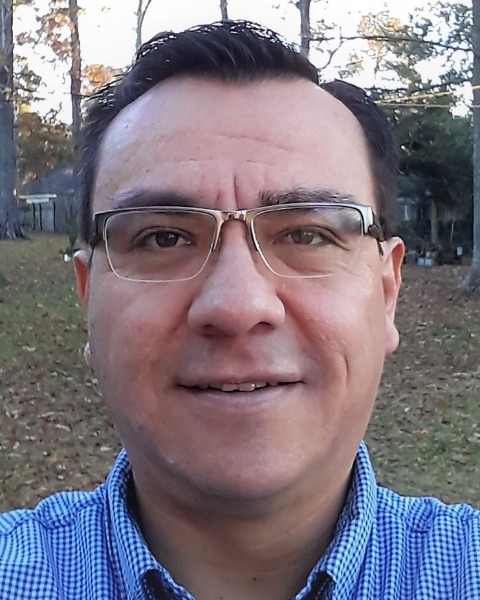P-IE
10-Minute Paper
10-min: P-IE, Biocontrol
Go early and hard: High densities of salvinia weevils early in the season led to a rapid reduction of giant salvinia and recovery of ecological functions in coastal wetlands
On-Demand

Steven Edward Woodley
Louisiana State University
Pullman, Washington
Rodrigo Diaz, Ph.D.
Louisiana State University
Baton Rouge, Louisiana- AT
Alex Tryforos
Lumen Technologies
Presenting Author(s)
Co-Author(s)
The salvinia weevil (Cyrtobagous salviniae) is an effective biocontrol for giant salvinia (Salvinia molesta) in subtropical regions. Despite the successful establishment of C. salviniae in southern Louisiana, the timing of S. molesta control and impact on recovery of wetlands are unknown. The objectives of this study were to (1) quantify the spatial distribution of adult C. salviniae in June, (2) construct a model to predict timing to reduce S. molesta cover below 15% with biocontrol, and (3) model the interaction effects between S. molesta cover, submerged aquatic vegetation (SAV), and water temperature on dissolved oxygen. Thirty-six locations covering 8,000 ha were sampled monthly from June 2016 through November 2017 in southwestern Louisiana. Sampling locations were comprised of canals, small ponds (≤2 ha), and large ponds (≥2.1 ha). Results showed that adult C. salviniae densities varied considerably between locations and individual locations from one year to the next. The model predicts that for every adult C. salviniae per kg increase in June, there is a 0.3% reduction in the mean number of months until S. molesta cover is below 15%. Every 1% increase in S. molesta cover in June results in a 1.6% increase in the mean number of months until S. molesta cover is below 15%. Dissolved oxygen increased with the decline of S. molesta cover and the rise of SAV cover. Findings suggest that the timing of biocontrol of S. molesta influences the rate of recovery of SAV and dissolved oxygen in coastal freshwater wetlands.

